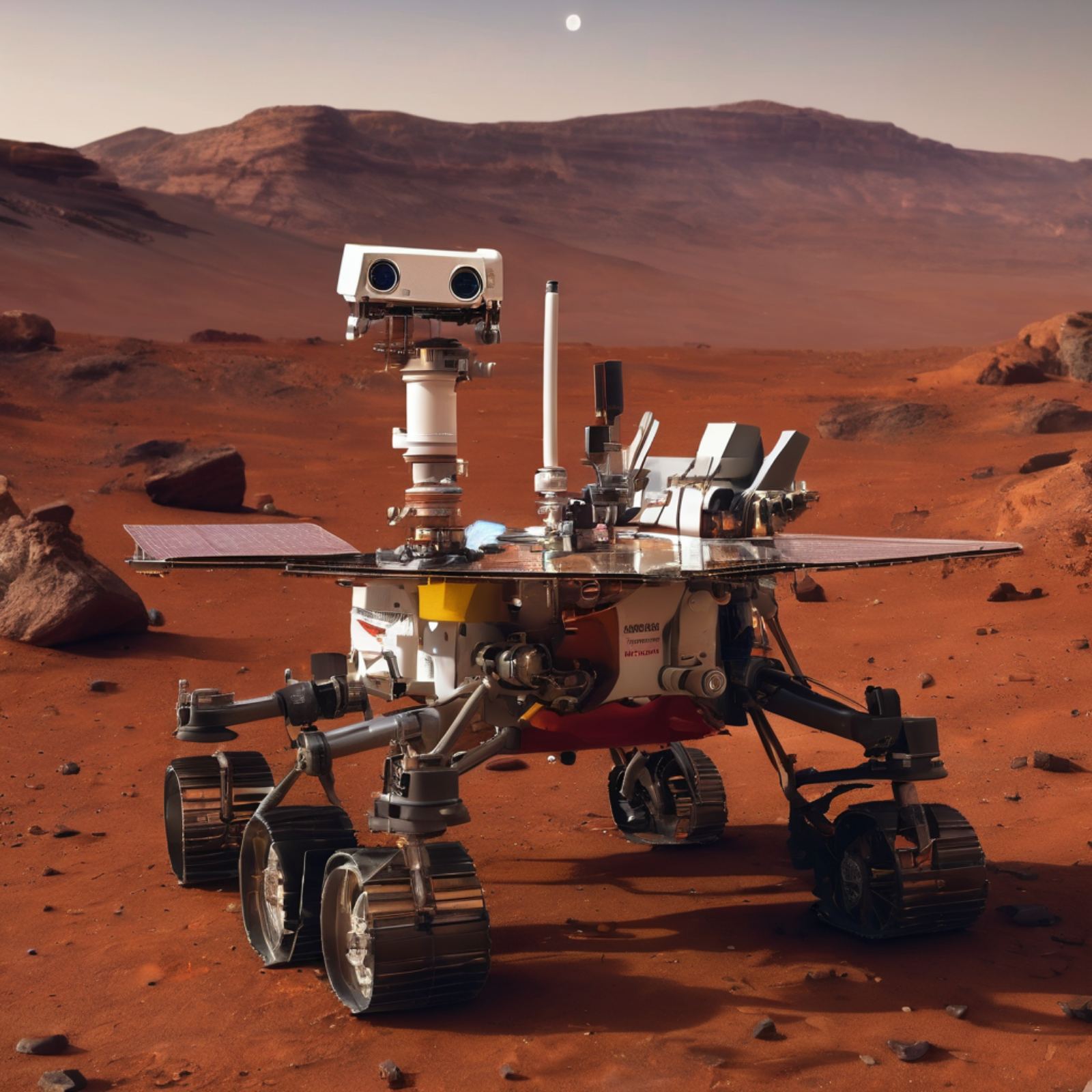Introduction
Artificial Intelligence (AI) algorithms are the backbone of modern technological advancements, powering everything from virtual assistants to self-driving cars. But how do these algorithms actually work? Before proceeding, please check out our article on AI simplified to understand some basic concepts of artificial intelligence. In this guide, we’ll dive into the realm of AI, exploring various examples and discovering the mysteries behind their functionality. AI algorithms mimic human intelligence to perform a wide range of tasks efficiently. This could vary from basic decision-making processes to complex pattern recognition.
Understanding AI Algorithms
Before we delve into specific examples, let’s first grasp the fundamentals. At its core, an algorithm is a set of instructions designed to perform a specific task or solve a problem. Data and mathematical models fuel these algorithms. Consequently, allowing machines to learn from experience and improve over time.
How Do AI Algorithms Learn?
AI algorithms learn through a process known as machine learning, where they analyze vast amounts of data to identify patterns and make predictions. This learning process can be supervised, unsupervised, or semi-supervised, depending on the level of human intervention involved.
- Supervised Learning: In supervised learning, the algorithm is trained on labeled data, where each input is associated with a corresponding output. For example, in image recognition, the algorithm is fed with images along with their corresponding labels (e.g., cat or dog). Through iterative training, the algorithm learns to map inputs to outputs, enabling it to make accurate predictions on new, unseen data.
- Unsupervised Learning: Unsupervised learning involves training the algorithm on unlabeled data, allowing it to discover hidden patterns or structures on its own. This type of learning is often used for clustering similar data points or reducing the dimensionality of complex datasets.
- Semi-Supervised Learning: Semi-supervised learning combines elements of both supervised and unsupervised learning. Here the algorithm is trained on a small amount of labeled data supplemented with a larger pool of unlabeled data. This approach leverages the benefits of labeled data while harnessing the vast amount of unlabeled data available.
Types of AI Algorithms
Now that we have a basic understanding of how AI algorithms learn, let’s explore some common types and their applications:
- Neural Networks: Inspired by the structure of the human brain, neural networks consist of interconnected nodes (neurons) organized in layers. Each neuron receives input signals, processes them, and generates an output signal. The next layer then passes on this signal. Through multiple layers of computation, neural networks can learn complex patterns and relationships in data. Obviously, this is making them ideal for tasks such as image recognition, natural language processing, and speech recognition.
- Decision Trees: People commonly use decision tree algorithms for classification and regression tasks. They work by recursively partitioning the input space into regions, with each partition representing a decision node. By asking a series of binary questions, the algorithm navigates through the tree structure until it reaches a leaf node, which contains the predicted outcome. Decision trees are interpretable and easy to visualize, making them useful for understanding the underlying logic behind a model’s predictions.
- Genetic Algorithms: Researchers have developed genetic algorithms, drawing inspiration from the process of natural selection. They are a type of optimization algorithm and work by mimicking the principles of evolution. A population of candidate solutions undergoes selection, crossover, and mutation to produce offspring with improved fitness. Genetic algorithms are particularly useful for solving complex optimization problems with large search spaces. Such problems are job scheduling, route planning, and engineering design.
Real-World Examples of AI algorithms
Now that we have a solid understanding of AI algorithms and their workings, let’s explore some real-world examples:
Example 1: Spam Email Detection
Spam email detection is a classic example of a supervised learning problem. By analyzing the content and metadata of emails, AI algorithms can distinguish between legitimate emails and spam with high accuracy. Here’s how it works:
- Data Collection: The algorithm is trained on a dataset containing examples of both spam and non-spam emails, along with their corresponding features (e.g., email subject, sender address, message body).
- Feature Extraction: The algorithm extracts relevant features from the email data, such as word frequency, presence of certain keywords, and sender reputation.
- Model Training: Using the labeled data, the algorithm learns to classify emails into spam or non-spam categories based on the extracted features.
- Prediction: Once trained, the algorithm can predict whether a new incoming email is spam or not by analyzing its features and comparing them to the learned patterns.
Example 2: Autonomous Vehicles
Autonomous vehicles rely on a combination of AI algorithms, including computer vision, sensor fusion, and decision-making systems. Consequently, those features allow the vehicles to navigate safely and efficiently. Here’s a simplified overview of how they work:
- Perception: Cameras, lidar, radar, and other sensors collect real-time data about the vehicle’s surroundings, including other vehicles, pedestrians, and road signs.
- Sensor Fusion: AI algorithms fuse together data from multiple sensors to create a comprehensive understanding of the environment, reducing uncertainty and improving reliability.
- Localization: Using GPS and inertial measurement units (IMUs), the vehicle determines its precise location and orientation within the environment. Those systems are usually powered by AI chips.
- Mapping: AI algorithms create detailed maps of the surroundings, including lane markings, traffic signals, and obstacles.
- Decision-Making: Based on the perception, sensor fusion, localization, and mapping, the vehicle’s AI system makes real-time decisions about steering, acceleration, and braking to navigate safely to its destination.
FAQs about AI Algorithms
Q: Are AI algorithms always accurate? A: While AI algorithms can achieve impressive accuracy in many tasks, they are not infallible. Factors such as data quality, model complexity, and unforeseen circumstances can affect their performance.
Q: Can AI algorithms learn on their own? A: Yes, they can learn from data without explicit programming. Through techniques like reinforcement learning and self-supervised learning, they can adapt and improve their performance over time.
Q: Are AI algorithms biased? A: AI algorithms can exhibit biases if they are trained on biased data or if the training process is not carefully designed. Addressing the bias requires careful data curation, algorithm design, and ongoing monitoring.

Conclusion
In general, AI algorithms are powerful tools that enable machines to mimic human intelligence and perform a wide range of tasks autonomously. From decision-making to pattern recognition, these algorithms are the driving force behind many technological innovations. By understanding their inner workings and real-world applications, we can harness the full potential of AI to shape a brighter future. So, the next time you interact with a virtual assistant or ride in an autonomous vehicle, remember the remarkable feats achieved by AI algorithms and the fascinating journey behind their creation.



